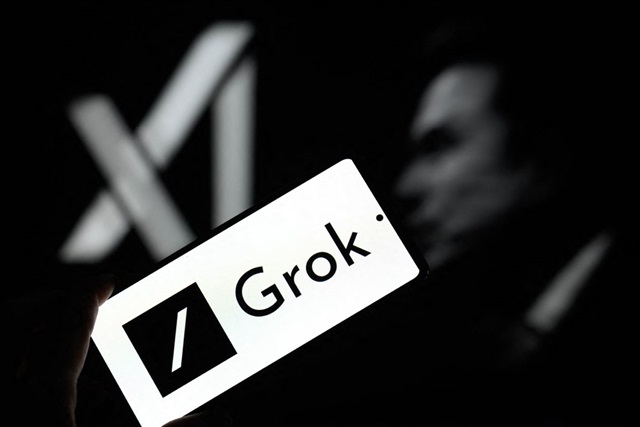Elon Musk's AI company xAI has announced the release of the Grok 2.5 model as an open source project, featuring an estimated 268 billion parameters. This initiative aims to enhance the company's standing in the open source AI landscape and counter the growing influence of Chinese AI firms.
Open source or openly weighted AI models are freely available for download and serve as a key strategy for companies to expand their user base and ecosystem reach. Typically, firms tend to release older or smaller models to protect their latest innovations. On April 24, Musk tweeted that the Grok 2.5 model, regarded as the top AI model of 2024, would be open-sourced immediately, with Grok 3 expected within six months.
Musk, who co-founded OpenAI before parting ways due to disagreements with CEO Sam Altman, established xAI in March 2023. The company launched the Grok chatbot on X subscription services in November 2023. While the Grok 1 model became open source earlier this year, later iterations remained proprietary until this recent announcement.
xAI follows a unique model release approach compared to rivals OpenAI and Alphabet Inc. Instead of creating dedicated open-source smaller models, xAI first releases proprietary versions and subsequently open-sources older, larger models. OpenAI's gpt-oss series and Alphabet's Gemma models typically offer smaller parameter counts designed for device-side AI applications, with OpenAI's highest open model around 120 billion parameters and Alphabet's largest at 27 billion.
Grok 2.5's parameter count places it among the largest open source models available, granting xAI a substantial presence in both open and closed source AI sectors. Rankings from Artificial Analysis indicate that Chinese AI firms, with products like Alibaba Cloud's Qwen series and DeepSeek V3.1, once dominated open source AI development. OpenAI's re-entry into the open source space was influenced by competition from Chinese models, helping to rebalance global AI power.
The increasing competition between American and Chinese companies over open source AI models highlights the growing strategic importance of openly weighted models. However, the term "open source" is becoming less clear, as many companies, including xAI with Grok 2.5, release only model weights without fully disclosing architectures or training datasets. This partial openness reflects a complex landscape where transparency varies among industry players.
Article edited by Jack Wu




